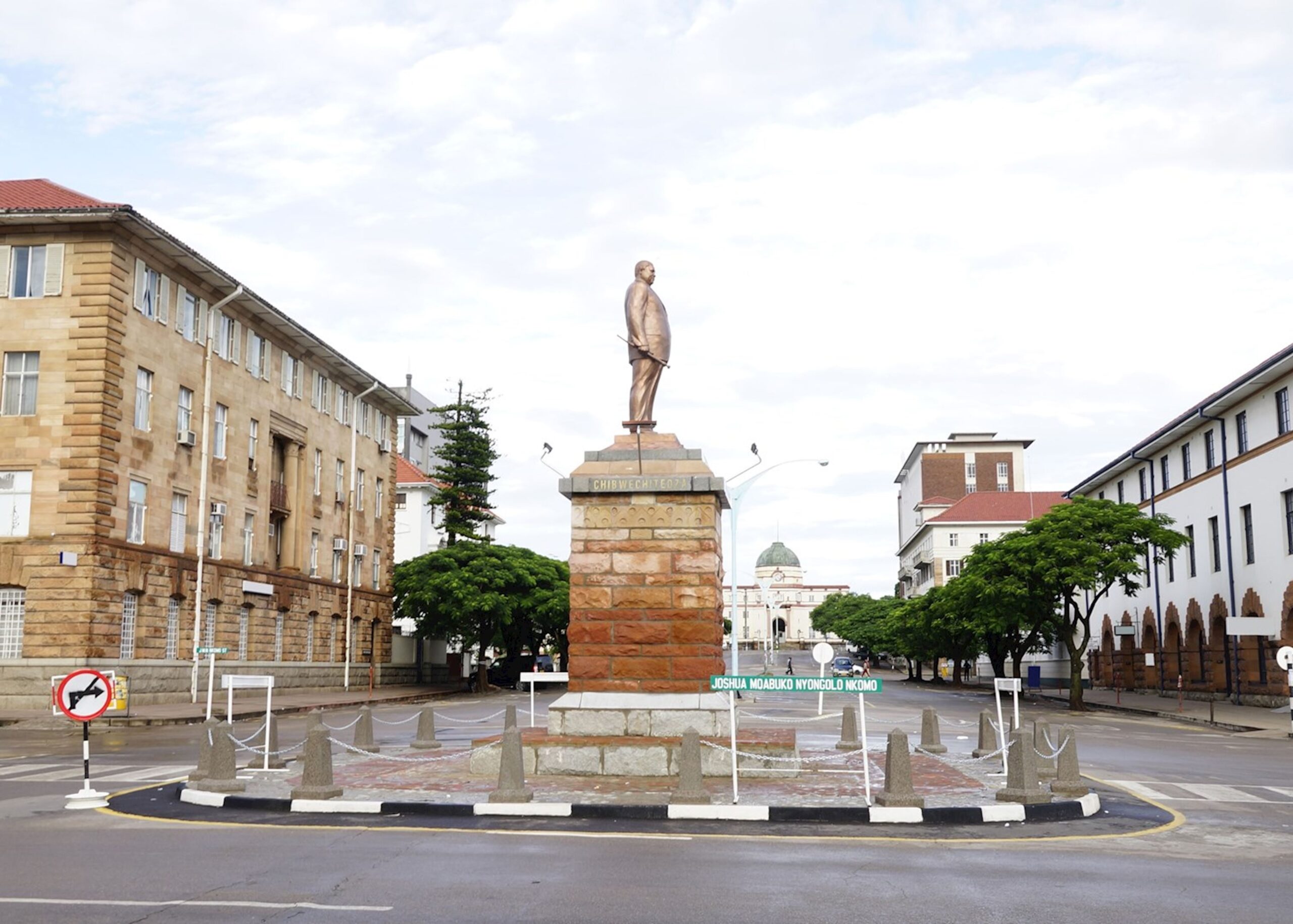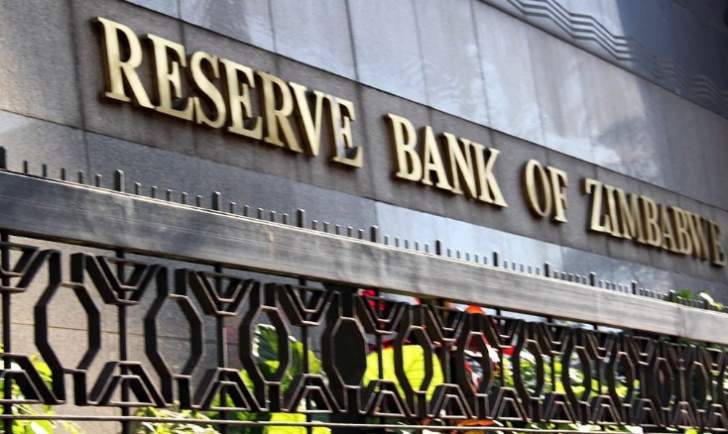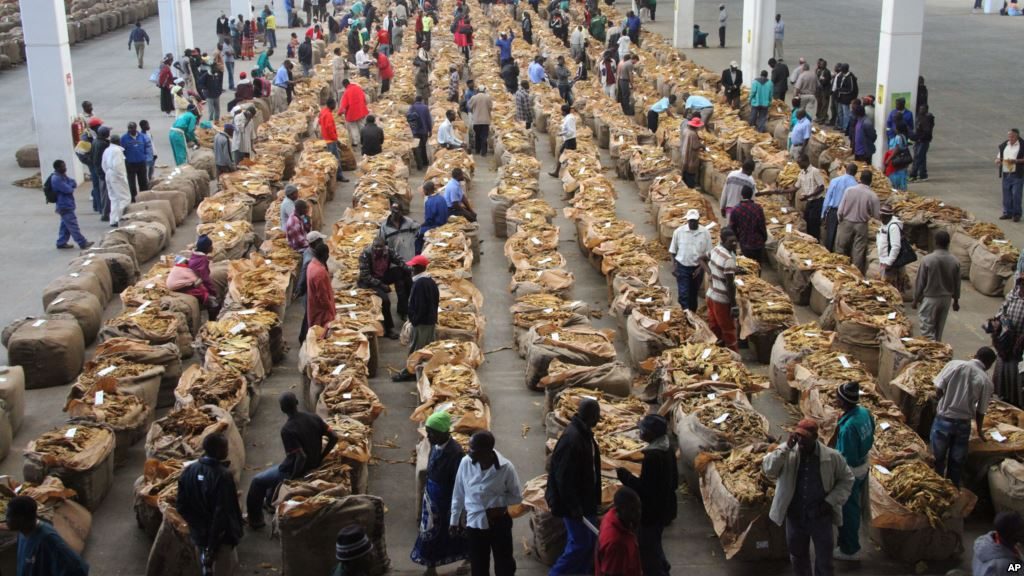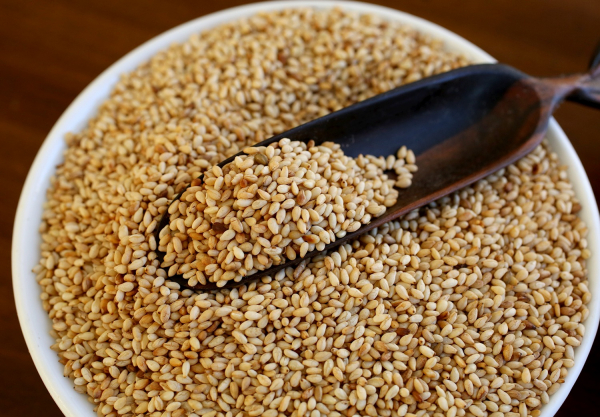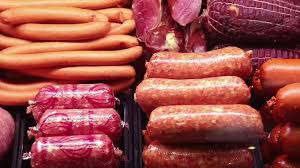Beef output rises 5pc in 2024
OVER 94 600 tonnes of beef were produced in 2024 compared to 90 000 tonnes in 2023, according to the Ministry of Lands, Agriculture, Fisheries, Water and Rural Development’s second round Crops, Livestock and Fisheries Assessment (CLAFA-2) report for the 2024/2025 summer season.
This 5,1 percent increase in output reflects both the resilience of the country’s national herd and the mounting pressure on communal farmers after the drought.
Abattoir records show that 393 769 cattle were slaughtered at registered commercial facilities in 2024, up from roughly 360 000 a year earlier. Informal slaughters at ward level and growth points brought total offtake to 531 588 head, compared to 495 974 in 2023.
Across all categories, slaughter rose, with steers and oxen recording 4 percent, heifers and cows increasing by 17 percent and bulls by 3 percent.
The most dramatic jump was in female slaughter, heifers and cows, growing from about 105 000 head in 2023 to 123 000 in 2024, a response to a Government advisory urging destocking ahead of severe pasture shortages.
“We had no choice,” said Mrs Lydia Chikomo, a communal farmer in Marondera, Mashonaland East province.
“Our grazing had failed by November. The advisory to destock saved many of us from losing everything. Yes, we sold our cows early, but at least we got something rather than nothing.”
Mr Tendai Moyo, a livestock extension officer in Mudzi district, said: “When pastures dried up, the only market for cattle was the abattoir. Communal herders were forced to send animals for slaughter, often before peak condition, boosting offtake numbers.”
Those emergency sales helped push total beef production to 94 623 tonnes, an extra 4 623 tonnes over 2023.
At a national per capita consumption of just six kilogrammes, domestic demand remains modest, pointing to room for export growth if quality and cold chain constraints are resolved.
While slaughter rose, Zimbabwe’s breeding herd continued to expand.
Aerial and on-farm surveys put the national beef cattle population at 5,74 million head in 2024, up from 5,71 million in 2023 and 5,64 million in 2022.
This steady increase owes much to the good 2022/2023 rainfall season, which delivered good harvests and abundant pastures.
“We saw near-record maize and sorghum yields in 2022/2023,” notes Dr Grace Ncube, an agricultural economist at the University of Zimbabwe.
“With more crop residues available, communal and small-scale farmers could feed their cattle through the dry season, leading to higher survival rates and improved fertility going into 2024.”
Communal areas still account for over 64 percent of the national herd, with Masvingo and Midlands provinces accounting for most of the cattle.
The breeding herd (bulls, cows and heifers) now make up 63 percent (3,6 million head) of all beef cattle, laying a solid foundation for future growth.
However, the report highlighted several constraints, for example, a bulling ratio of one bull per 12 cows versus the ideal of one per 20-25, as well as a calving rate of just 34,6 percent, down from 42 percent in 2023.
The calf mortality rate stood at 18 percent.
This was driven by factors such as poor herd fertility, unregulated mating and the use of breeding females for draught power, which is 53 percent of cows and heifers.
“Pasture adequacy is uneven and most southern, eastern and central districts enjoy seven to ten-plus months of adequate grazing, thanks to the 2024/2025 rains, but Tsholotsho, Beitbridge, Chikomba, Mutoko and Hwange face one to three months of shortages,” the report noted.
Such situations will likely force communal farmers into distress sales that undercut herd quality and future productivity.
Further, the report said oxen account for 40 percent of draught-power use; cows and heifers 53 percent; and bulls 7 percent.
Only 1 percent of cattle are on large-scale commercial farms, 6 percent on A2 resettlement blocks, 17 percent on A1 farms, 3 percent on small-scale commercial farms, while 9 percent are on old resettlement schemes, underscoring the dominance and vulnerability of communal production.
The Government report recommends interventions to sustain growth and close the beef offtake gap of 10,5 percent versus the 15-20 percent target.
These include improved breeding management, controlled mating, bull fertility testing and community bull schemes, enhanced veterinary services to reduce calf mortality, feed supplementation programmes in drought-prone wards and extension outreach on destocking timing, record-keeping and market linkages.
With domestic consumption at just 6 kilogrammes per person per year, the country has capacity to ramp up exports, particularly into Southern African Development Community (SADC) markets hungry for lean beef.
Achieving that will require investments in abattoir hygiene, cold chain infrastructure and traceability systems.
“The challenge now is to convert this temporary surge into sustainable growth, bolstering communal resilience, raising reproductive performance and forging pathways into higher-value markets,” said Dr Ncube.
“If Zimbabwe can seize these opportunities, its beef industry may yet realise its vast potential as a driver of rural livelihoods and foreign exchange earnings.”
herald



